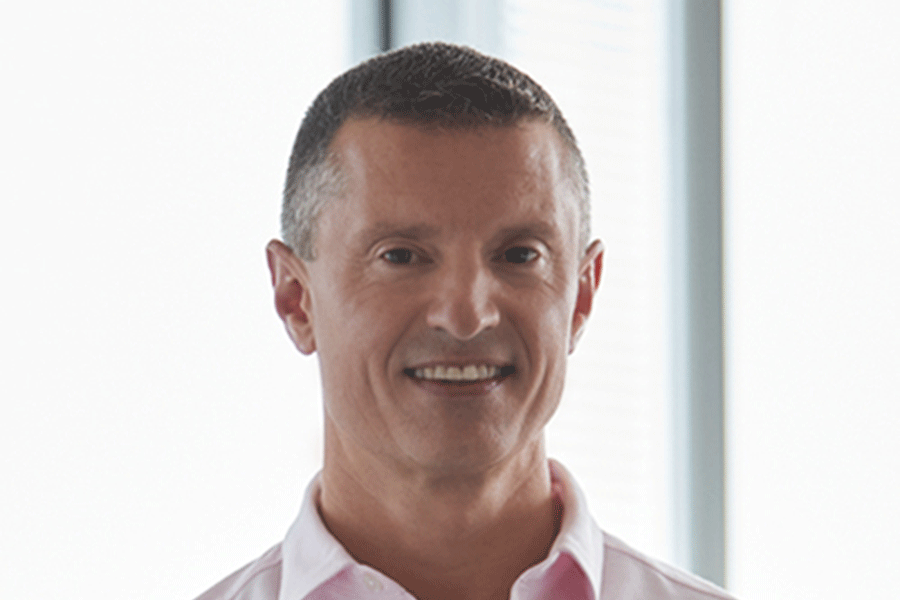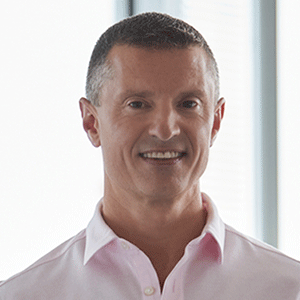


More than ever, broker-dealers rely on their technology infrastructure to power the services their advisors and clients demand, as well as deliver the efficiencies the firm requires. But broker-dealer technology often seems to produce as many challenges as it does solutions. InvestmentNews Create recently discussed these challenges and the possible ways to improve B-D technology with Darren Tedesco, founder and president of Advisor360 and the former managing principal for innovation and strategy at Commonwealth Financial Partners. Below, edited highlights of the conversation.
InvestmentNews Create: What is fueling the frustration with current broker-dealer technology?
Darren Tedesco: Over the years, firms have acquired a mosaic of software applications that have been stitched together to build the tech infrastructure. Unfortunately, running an enterprise with tools that only sometimes mesh, are time-consuming to use and rarely deliver their full potential only frustrates advisors and clients. It is also costly, risky and inefficient. It’s a bit like trying to keep a classic Ford Mustang running efficiently using parts from an SUV, a hybrid and a Tesla Model S. Ultimately, technology should simplify wealth management, not add to its complexity.
InvestmentNews Create: What’s the path to a solution?
Darren Tedesco: Let’s continue with the car analogy. It’s common knowledge that auto manufacturers use components from specialized parts makers. The seats in an F-150 or a Lexus, for example, are not made by Ford or Toyota themselves. Theoretically, someone could buy individual components and assemble a car using the parts they felt were best. But we all recognize that buying or leasing a car from a single manufacturer (even if that manufacturer is also an assembler) has great value. The GMs and Nissans of the world are assuming responsibility for all components they’ve chosen, regardless of which vendor makes them, and work to ensure the integrity of their brands and the satisfaction of the end user.
Today’s broker-dealer tech stack is much like a car built of many components from a variety of suppliers, but without the assurances, fit and finishes that come with the brand overlay of a major manufacturer. To meet today’s, and tomorrow’s challenges and bring increased vitality and strength to the enterprise — which in the case of broker-dealers would translate into greater efficiency, reduced risks and costs, higher productivity and greater advisor and client satisfaction — the solution lies in reconstituting a firm’s technology infrastructure so that its parts, which often are cobbled together, can deliver the power of an integrated whole.
InvestmentNews Create: How can firms do that?
Darren Tedesco: Essentially, there are three routes. In a perfect world where cost and time don’t matter, a broker-dealer could assemble a team to create its own tech infrastructure from scratch. Budget overruns, launch delays, and inability to deliver against requirements are some of the typical challenges faced by this approach.
A second route would be to devote considerable resources to working on APIs and other connections so that systems communicate more efficiently. That’s what many firms are doing today, with varying degrees of success. A key drawback to this best-of-breed approach, is that the broker-dealer remains at the mercy of each technology vendor when an integration problem arises. Suppliers are well known for pointing fingers at each other when these issues crop up. Typically, they are neither well-equipped nor inclined to help solve those problems, which often leads to patchwork, unsatisfactory solutions.
The third route to integration is to partner with a third-party to be responsible for integrating everything seamlessly onto one wealth management software platform, add its own systems and tools, and provide ongoing, systematic care to achieve success. Having the right partner with a heavy investment in technology can boost productivity and reduce a variety of costs — such as training and software licensing fees, for example.
InvestmentNews Create: What should a broker-dealer look for in a comprehensive wealth management software provider?
Darren Tedesco: There are five things that I recommend firms look for:
Data quality. Make sure the provider uses comprehensive, high-quality data that it assesses, scrubs and makes sure is uniform. All too often, the data used by various tech applications are inconsistent, which leads to reporting errors and inefficient workarounds.
Household-based dashboards. Most systems manage and present information by account. But clients and advisors view financial information through the prism of the household. Ask how a potential third-party partner collects and presents information. Organizing information at the household level is more complex, but far more useful and satisfying for clients and advisors - and potentially more profitable for the broker-dealer. Householding allows for more complete and useful financial planning, which delivers a better client experience and often leads to increased assets under management. Systems that household data should also be able to permit the incorporation of assets and liabilities (real estate, loans, credit card debt, etc.) held away from the firm, so that clients can track their total financial picture and advisors can get a more comprehensive view of client wealth.
A modern user experience. The ultimate test of whether a system is a success is whether advisors and clients use it regularly. If the provider offers its own interface, check to make sure it’s easy to use and intuitive so that the time and expense of user training is reduced and users can easily get the most benefit from the firm’s technology investment.
Ability to onboard and serve clients, advisors and entire advisory practices at scale. If organic and inorganic growth are in your plans, consider how easily a potential provider can onboard clients, new and transferring advisors and an entire firm. For instance, can they turn on thousands of advisors in a single day? Fast and efficient client onboarding, as well as the ability to repaper the accounts of advisors coming in from other firms, should be part of any provider’s system — and having an easy-to-use interface helps make a new advisor productive from day one. Absorbing another firm whose technology stack may differ significantly from yours is much less daunting when a third-party provider is experienced in integrating a wide range of systems.
The right mix of talent. Despite their reliance on technology, broker-dealers are not technology firms, which can make attracting and retaining the tech experts they need difficult. A third-party provider that consists largely of tech experts, however, won’t understand the nuances and special needs of brokerage firms. The right partner will have staff that has equal measures of securities industry and tech backgrounds. They should be investing in R&D.
InvestmentNews Create: Last thoughts?
Darren Tedesco: As a former broker-dealer executive, I’d say that if your tech stack is straining to meet today’s challenges, choosing the right partner to integrate, support and improve your tech infrastructure could be the key to unlocking productivity and revenue gains in the future.

Former Northwestern Mutual advisors join firm for independence.

Executives from LPL Financial, Cresset Partners hired for key roles.

Geopolitical tension has been managed well by the markets.

December cut is still a possiblity.

Canada, China among nations to react to president-elect's comments.
Streamline your outreach with Aidentified's AI-driven solutions
This season’s market volatility: Positioning for rate relief, income growth and the AI rebound
